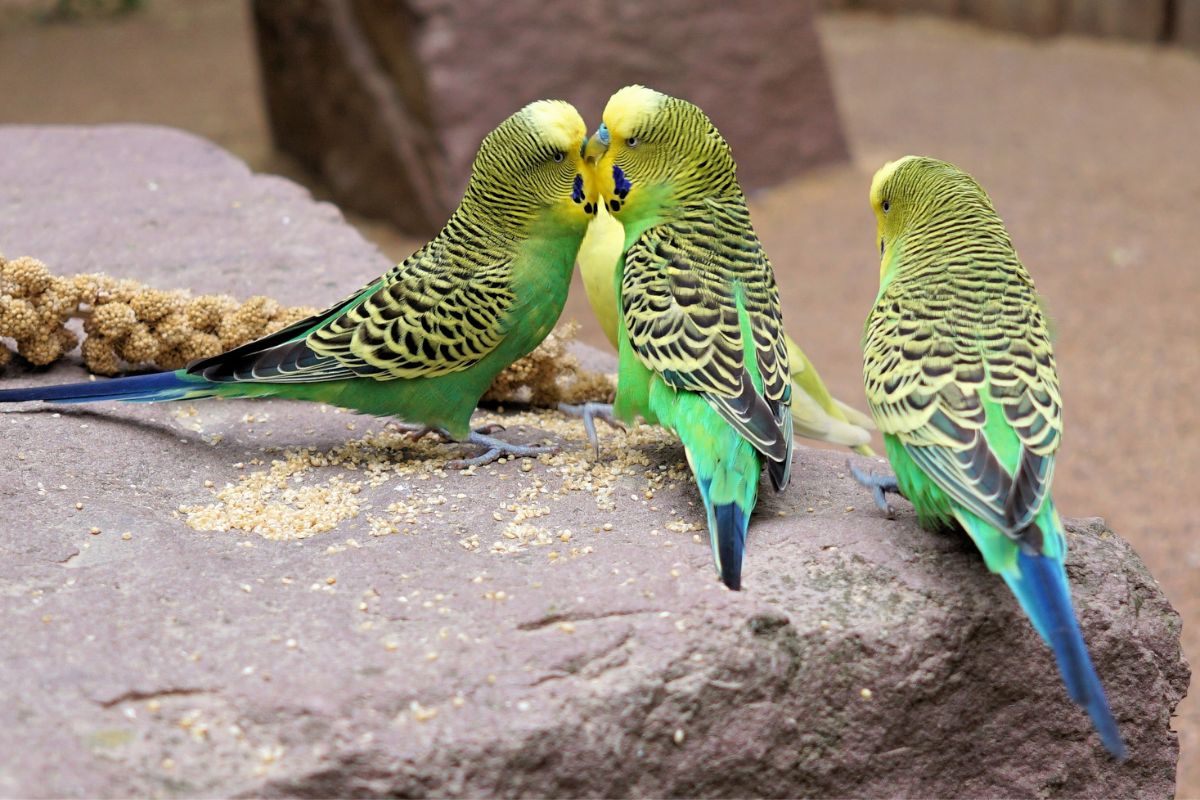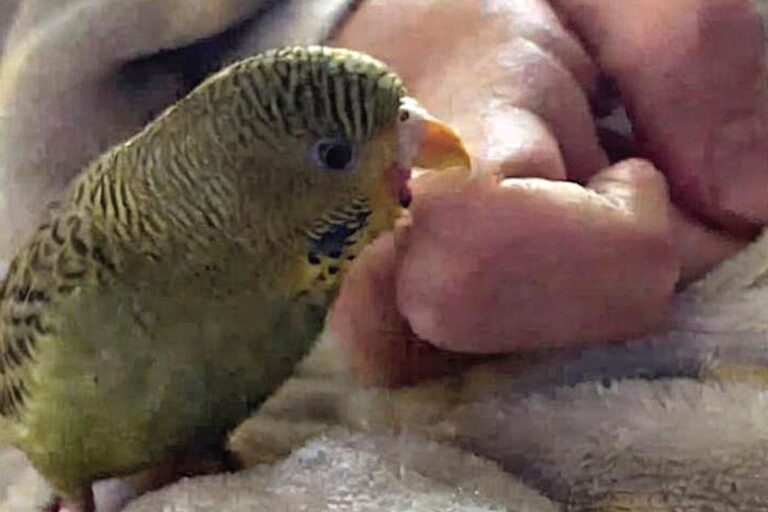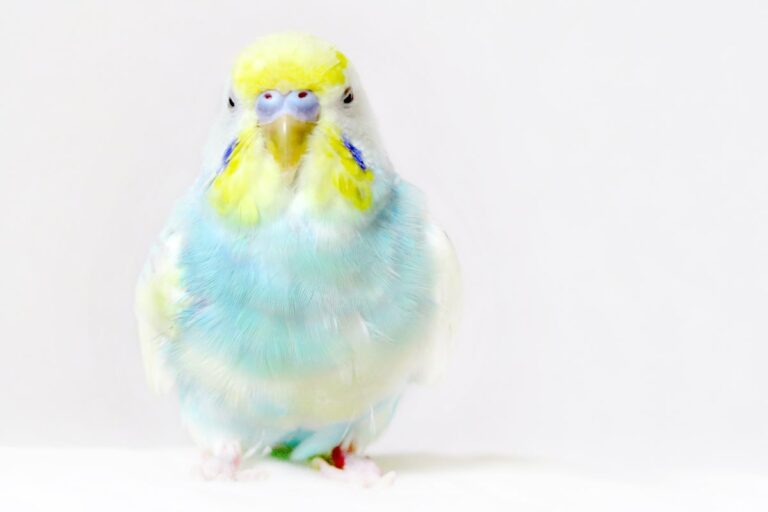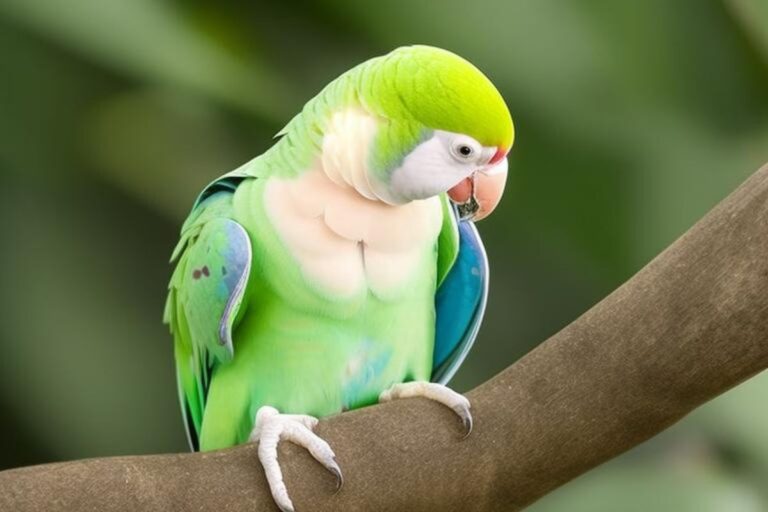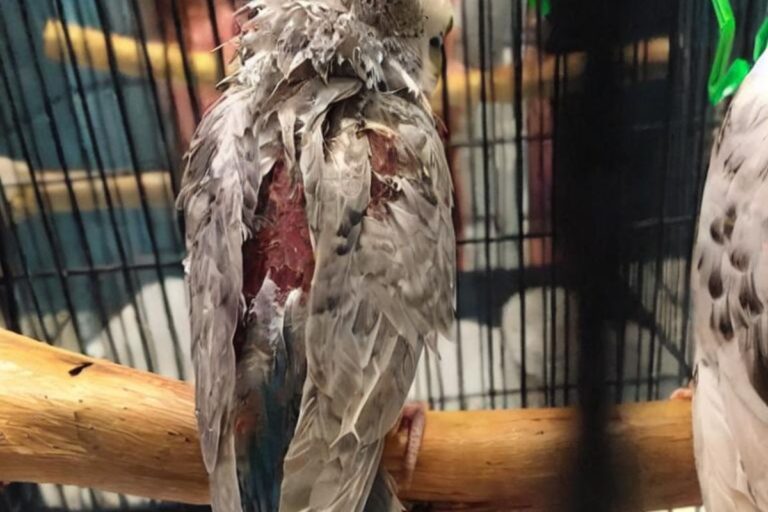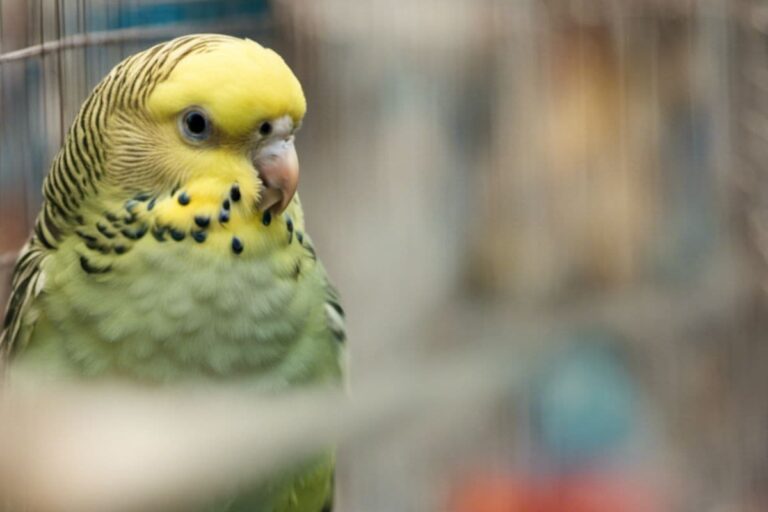Can Parakeets Live Outside – Tips & Safety Considerations
Disclosure: The opinions expressed in this post are my own. This post may also contain affiliate links, which means that I will receive a commission if you decide to purchase through my links, at no additional cost to you. As an Amazon Associate, I earn from qualifying purchases.
Many bird owners wonder if parakeets can live outside in aviaries or cages. After all, parakeets are wild birds and should be able to adapt to living outdoors, right? The answer to this question is not so simple; it depends on a variety of factors such as the climate and environment where the parakeet will live.
In this article, we’ll explore whether parakeets can live outside and what factors must be taken into account when considering an outdoor home for your pet bird. We’ll also provide tips on how to create a safe and comfortable outdoor space for your beloved parakeet.
If you’ve been considering putting your parakeet outside but aren’t sure if it’s the right choice for your feathered friend, read on! You’ll discover the answers to all of your questions about keeping a parakeet outdoors.
Can I Keep My Pet Parakeet Outside?
Whether or not parakeets can live outside really depends on a few key factors, including where you live, what the climate is like, and whether or not you are willing to take extra steps to make sure your feathered friend is well protected.
Parakeets are tropical birds, which means they are not used to living in colder climates. If you live in an area that has cold weather, it is not recommended that you keep your parakeet outside. Additionally, even if you do live in a warm or tropical climate, there are still dangers that come along with letting your parakeet fly free outside. hawks and other predators could easily mistake your little bird for prey, and strong winds could blow your parakeet far away from home.
Let’s take a look at some scenarios in detail to see if it’s suitable for your parakeets to be outside.
Weather & Climate Requirements
The weather in your area will strongly dictate whether or not your parakeet can live outside. If you have very cold winters, it’s best to keep your parakeet inside all the time. Parakeets may withstand cold temperatures for short periods of time, but they are more susceptible to illness when it’s cold outside. If you live in an area with mild winters, your parakeet may be able to live outside year-round.
What Temperature is Too Cold for a Parakeet
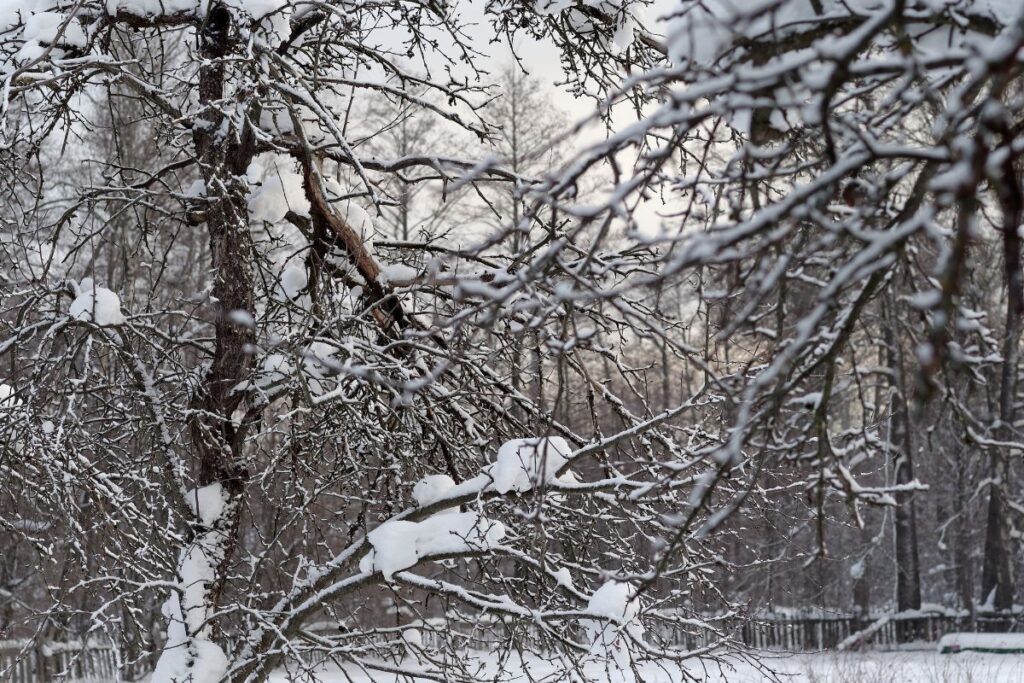
No matter what, your parakeet should always have access to the outdoors. If it’s warm enough for you to go outside without a coat, it’s probably warm enough for your parakeet to enjoy some time outside their cage. However, if the temperature is below 60°F (15°C), you’ll need to take some precautions to make sure your budgie stays warm enough.
Parakeet are susceptible to cold drafts, so if you’re going to put them outside, make sure they’re in a well-protected area. A good way to do this is to put their cage inside a covered porch or sunroom. You can also put their cage under a tree, but make sure the tree doesn’t block out all the sunlight. If it’s really cold out, you can put a blanket over the top of their cage.
Even if the temperature isn’t too cold, you should still bring your budgie inside at night. Nighttime temperatures can drop quickly, and parakeets can get chills easily.
What Temperature is Too Hot For a Parakeet?
On the other hand, you also do not want to expose your parakeet to temperatures that are too hot.
The ideal temperature range for a budgie is between 18 and 24 degrees Celsius (between 64 and 75 degrees Fahrenheit). However, they can still tolerate temperatures up to 30 degrees Celsius (86 degrees Fahrenheit). Beyond that, they will start to experience heat stress, which can be deadly.
Placement of Cage Outside
When determining a spot to place your parakeet’s outdoor cage, you want the area to be safe and comfortable for your pet bird. Here are some helpful tips for you.
Protection from the Sun & Wind
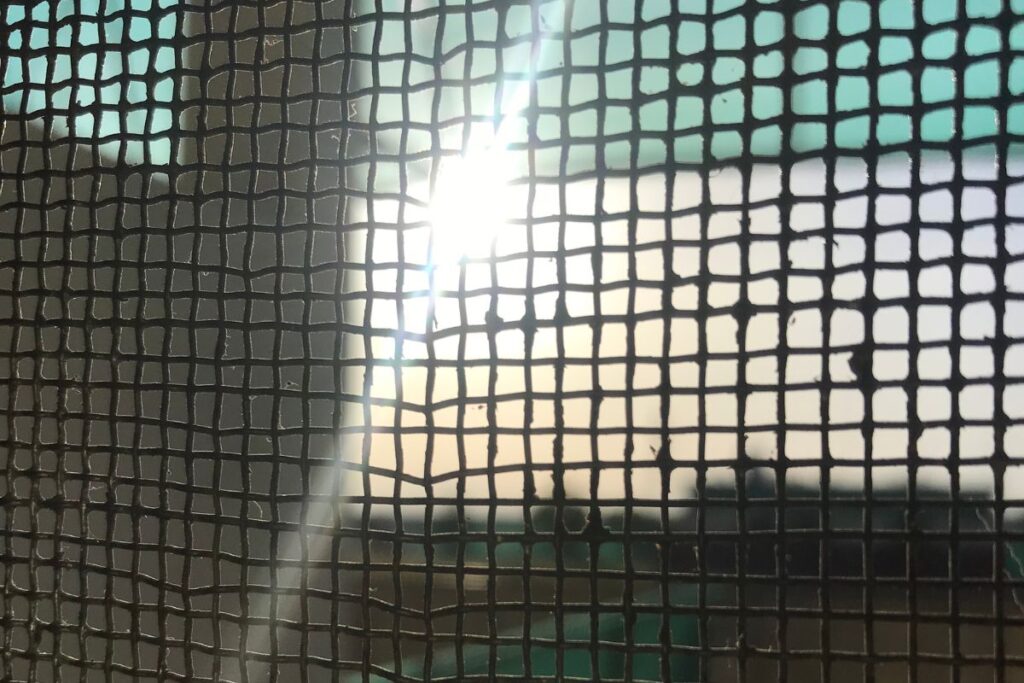
The cage should be out of direct sunlight and breezes. A shaded porch or nearby tree with plenty of natural foliage will provide necessary protection from wind and sun. Some owners even use an umbrella to ensure that their birds remain comfortable in their outdoor cage; this way, you can adjust the shade as needed depending on time of day.
Protection from Water & Rain
Parakeets will need either a covered suite of cages or a weatherproof outdoor aviary so they are not exposed to rain and heavy dew. This will protect them from bad weather and high humidity.
It’s also important to have the bottom of the cage up off the ground so it is not directly exposed to collected water. You don’t want your parakeets getting wet!
Protection from Predators

Unfenced yards can be very dangerous for parakeets, as these small birds are often highly sought after by hawks, owls, cats, and other predators.
To guard your bird against potential threats, set up a cage outdoors that protects your parakeet without being too cramped. Ensure there is netting around the top and sides of the cage to prevent predators from getting in while also allowing maximum ventilation. Additionally, you should mount the cage at least 10 – 15 ft from the ground to avoid birds of prey grabbing them from below, and minimize them from contact with insects such as ants and spiders.
Advantages Of Outdoor Living For Parakeets
Outdoor living has a lot of advantages for your parakeets. The open air and natural sunlight provide birds with greater exposure to the elements, which can help improve their overall health. Parrots are naturally active creatures and being able to explore the outdoors and fly freely is an enriching experience for them. Fresh air also helps reduce stress levels and boost immunity in pet birds.
One of the most important benefits of outdoor living for parakeets (assuming they are placed in a large aviary) is that it provides them with much more space than what is available inside a cage. In their natural environment, they can move around freely and engage in activities such as playing and preening that would be difficult or impossible if they were confined indoors. Additionally, they can interact with other birds, which gives them a chance to practice their vocalizations and increase their socialization skills.
Providing outdoor living for your parakeet has many benefits for both you and your pet bird. It’s important to keep safety in mind at all times by monitoring your pet’s movements closely whenever they’re outside so that you can ensure they remain safe while still allowing them the freedom they crave.
Disadvantages & Risks Of Outdoor Living For Parakeets
There are certain risks associated with outdoor living that should be carefully considered before making a decision. The first risk is that of predators. As small birds, parakeets are vulnerable to predation from cats, hawks, and other animals. Additionally, there may be environmental hazards like storms or extreme temperatures which could put the bird at risk of injury or death.
Another risk to consider is that of disease or infection from wild birds. Parakeets may come into contact with wild birds while outdoors and could potentially spread disease among themselves if they are not housed separately upon returning indoors. Furthermore, even if the parakeets remain healthy after coming into contact with wild birds, they may still bring parasites into the home which could cause harm to humans and other pets in the household.
Living outdoors may cause stress or disorientation for some parakeets who have become accustomed to life indoors. Even if the bird has previously lived outdoors before being brought inside, it may be difficult for them to adjust back to their old environment and they might struggle with new predators or unfamiliar terrain. Ultimately, owners must weigh the pros and cons of outdoor living when deciding what’s best for their pet parakeet’s safety and well-being.
Do Parakeets Like To Be Outside?
In general, parakeets do like to be outside. Parakeets are social birds and love to explore their environment, so taking them outside for some fresh air and outdoor bird-watching can be an enriching experience. Just keep in mind that wild parakeets may view your pet as a rival or threat.
Parakeets have access to much more sunlight outside and can enjoy being in the natural environment – although they’ll typically find it difficult to cope with drastic changes in temperature. Consider providing a shaded area if temperatures soar and avoid letting your parakeet out during strong winds or bouts of heavy rain.
Should I Build an Aviary for My Parakeets?
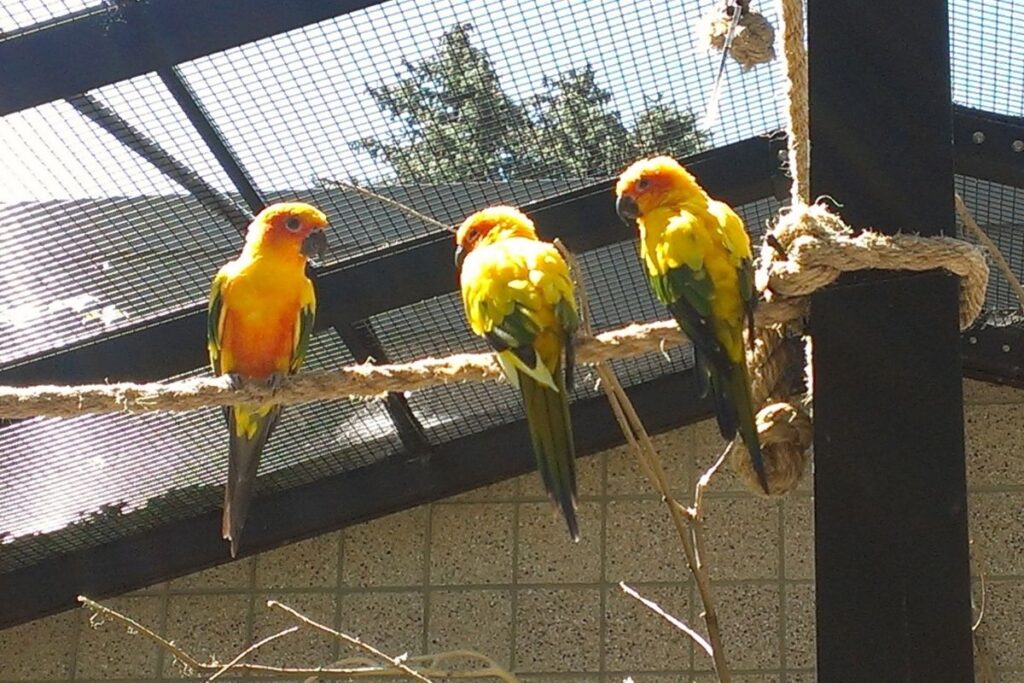
It is possible and often recommended to build an aviary for your parakeets if you have the space and means to do so. An outdoor aviary can provide the perfect sized space to keep them happy and healthy while still allowing them the freedom to fly around away from predators. The amount of space that you need depends on how large your flock is, so be sure to research the type of housing you’ll need.
When building your aviary, it’s important to ensure that it’s as secure and safe as possible. Make sure everything is sealed tight so other animals cannot get in, and use durable materials such as weatherproof wood, metal mesh, and plastic materials for the walls and roofing. This will help protect your flock from wind, rain and cold temperatures. It’ll be also great to add plenty of hiding places within the structure so if threats do arise, they will have a safe spot to go.
Also ensure that your aviary is furnished with perches for resting or just plain old fun! Include two or three feeders that are hung reasonably close together but not right next to each other as well as crevices where they can hide out or roost during inclement weather.
Health Issues For Outdoor Parakeets
If you’re considering allowing your parakeet to live outdoors, it’s important to understand the potential health issues associated with outdoor living.
Overheating
When it comes to the health of outdoor parakeets, one of the main concerns is exposure to extreme temperatures. Parakeets are not well-equipped to handle cold temperatures or extended periods of hot weather.
Physical Harm from Predators
Outdoor parakeets may be exposed to dangerous predators or other animals that could harm them. To minimize these risks, make sure your bird is kept in a secure aviary or enclosure where they will be safe from predators or other hazards.
Parasite, Bacteria & Virus Infections
Another issue that outdoor parakeets may face is an increase in parasites and disease-causing organisms such as bacteria and viruses. These organisms can cause serious illnesses in birds and should be monitored closely. If possible, provide your bird with routine veterinary checkups so that any potential health issues can be caught early and treated appropriately.
Other Popular Pet Birds That Can Live Outside
Besides parakeets, there are other types of pet birds that can live outside, too! These include:
- Finches
- Doves
- Starlings
- Lovebirds
- Hyacinth Macaw
- Cockatoos
- Cockatiels
- African Greys
- Canaries
- Quails
- Finches
Can Pet Parakeets Survive in the Wild?
Domestic parakeets may be able to survive in the wild. However, they aren’t equipped to survive nearly as well as their wild counterparts. Domestic parakeets are not used to living outdoors while wild birds are born and bred in the outside environment. Wild parakeets will know how to find food sources, manage the elements, and find shelter when required. Domesticated birds may get lost or scrounge for food that is not suitable for them and fail to locate adequate shelter.
What to Do If Your Parakeet Escapes
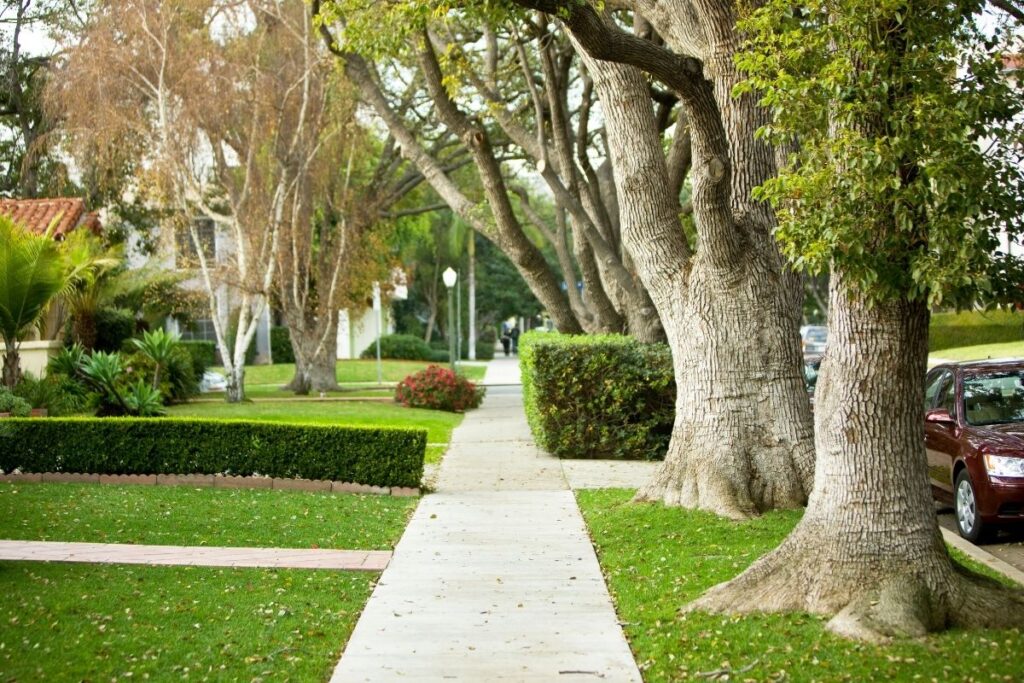
If your parakeet escapes outdoors, you should act quickly and not panic. Start by scanning the area for any signs of where it has gone. Perhaps besides a few feathers there may be some noise or chirping coming from nearby trees or in the grass. Parakeets will typically head for the highest point in the area, so look at tall trees, rooftops or garden sheds.
Once you have tracked down your little friend, consider ways to safely lure him back indoors. One way is to set up a perch near a window on the outside of your house with bird seed scattered around it, which may attract your parakeet closer to home. In addition, you can use a live trap baited with food – this could capture him and then you can bring him back inside safely.
It’s important to remember that while parakeets are known for being quite hardy birds, they will require extra protection during cold winter months if they becomes trapped outside – so it is always best to try and get them back inside as soon as possible! View this article for more details on how to find a lost bird.
Final Words
Parakeets can live happily and safely outside as long as you take the necessary precautions. You’ll need to make sure your aviary is adequately sheltered and well-ventilated, and it’s important that you provide food, water, cage accessories, and other creature comforts for your pet birds. With a little love and attention, parakeets can enjoy the great outdoors in the safest possible way.



